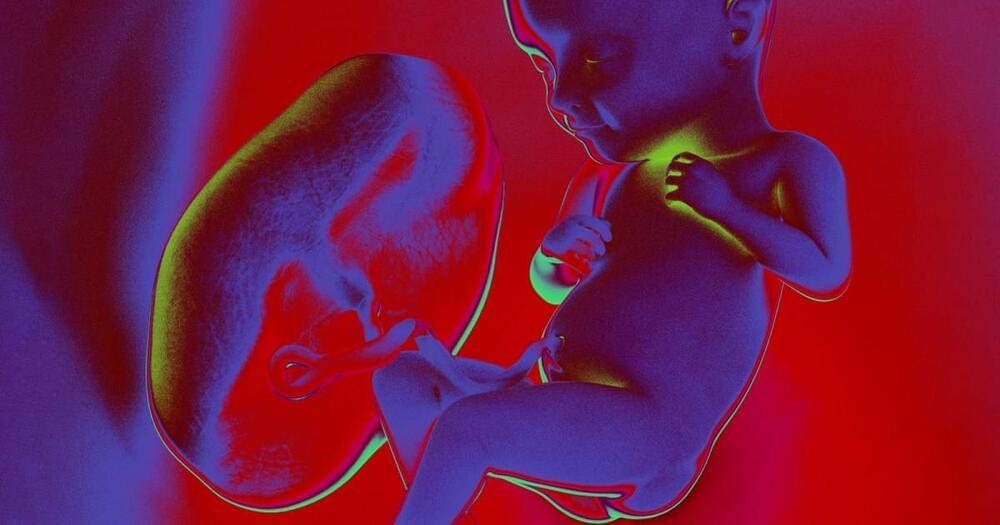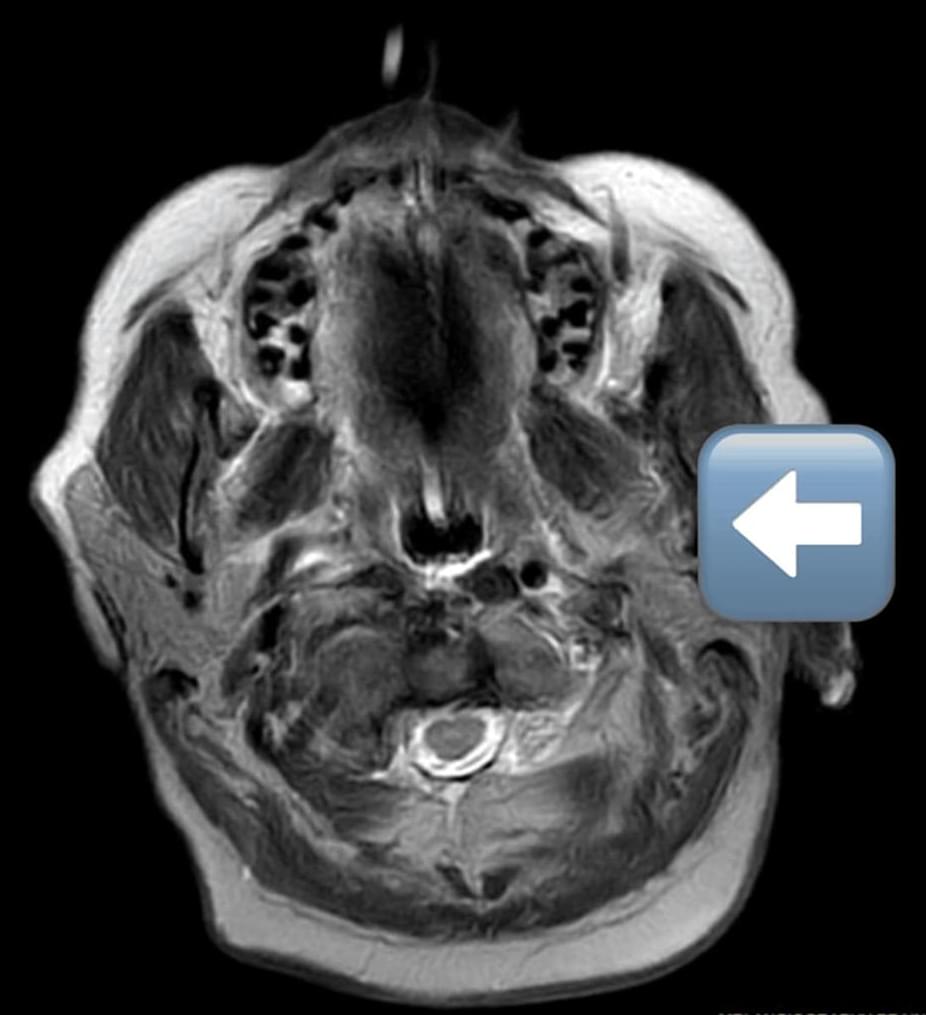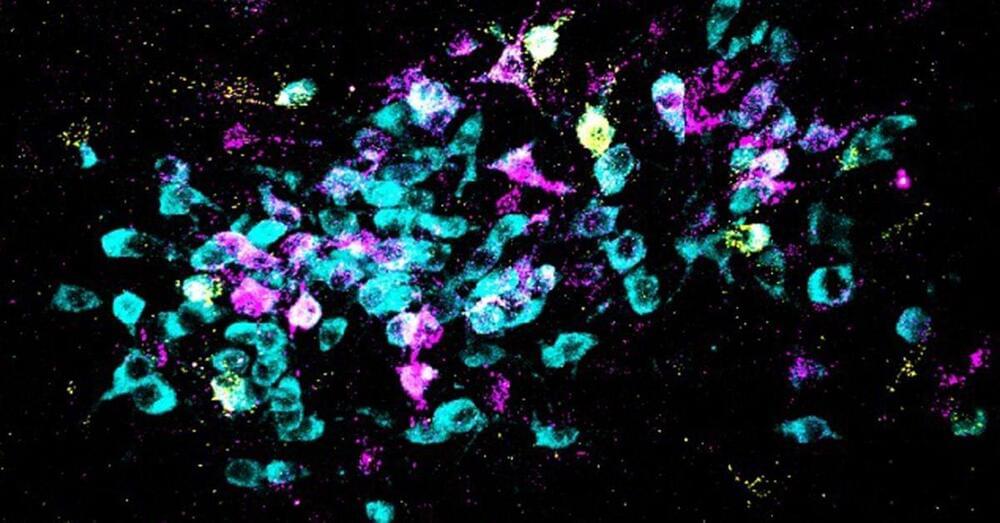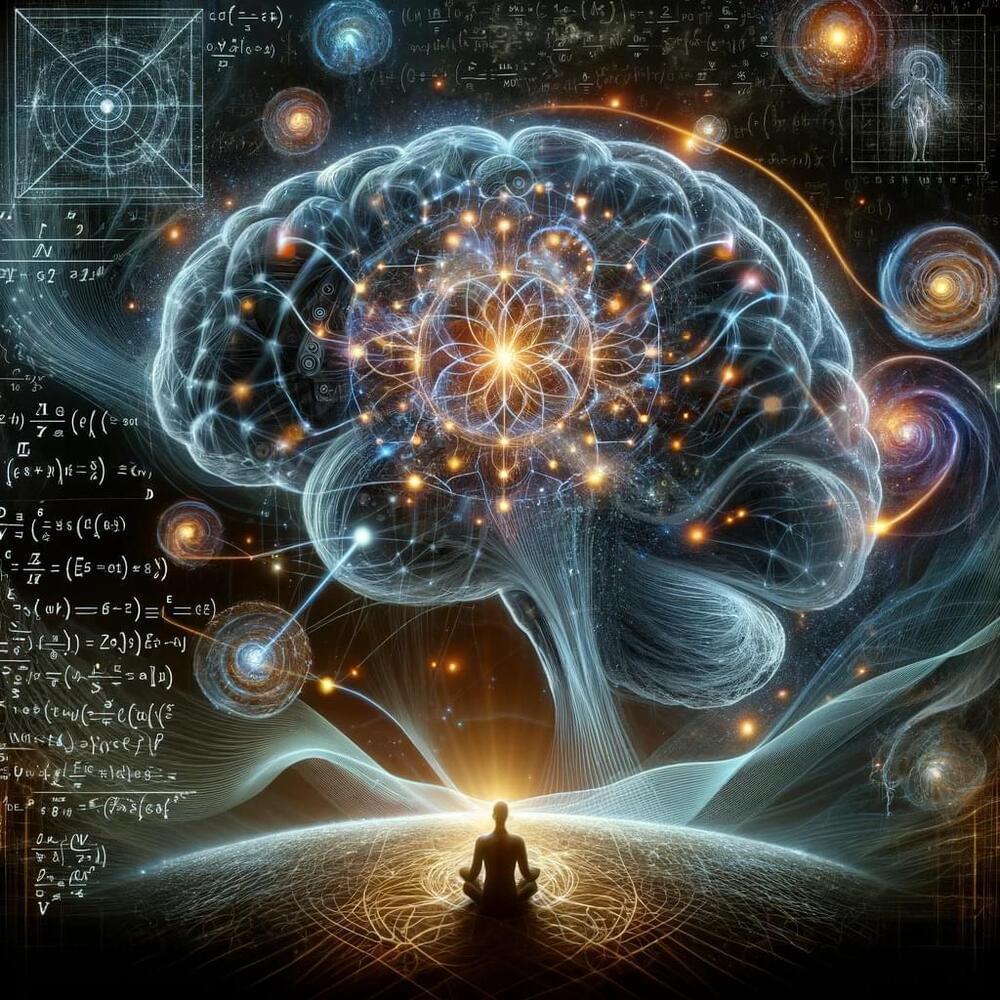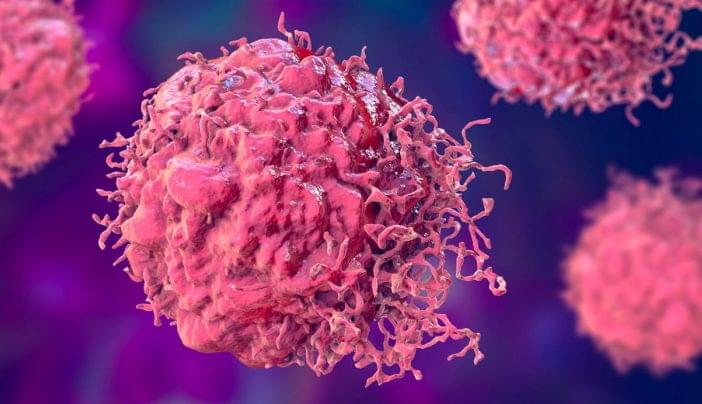Households generate a significant proportion of greenhouse gas emissions. Smart technology represents a promising opportunity to bring those emissions down. Find out more: 🔗
Page 250
Mar 19, 2024
Don’t buy the hype on new “breakthrough” Alzheimer’s treatments
Posted by Shubham Ghosh Roy in categories: biotech/medical, neuroscience
Two new treatments for Alzheimer’s – lecanemab and donanemab – have been hailed as breakthroughs. In reality, they will have little effect.
Mar 19, 2024
The placenta may play a role in the genetic risk of schizophrenia
Posted by Shubham Ghosh Roy in categories: genetics, neuroscience
Johns Hopkins researchers have found genes associated with an important placental function tied to schizophrenia risk.
Researchers at Johns Hopkins have found that genes associated with schizophrenia risk may impact the placenta, not just the brain.
Mar 19, 2024
Effects of Physical Rehabilitation With X-Sens Inertial Technology Feedback on Posterior Cerebral Artery Infarcts: A Case Study
Posted by Shubham Ghosh Roy in categories: biotech/medical, neuroscience
Read this fascinating case study on the impact of physical rehabilitation using X-Sens Inertial Technology feedback for Posterior Cerebral Artery Infarcts! 🧠.
Acute ischemic stroke (AIS) affecting the posterior cerebral artery (PCA) represents a unique clinical challenge, necessitating a multifaceted approach to rehabilitation. This review aims to provide a comprehensive overview of physiotherapeutic interventions tailored specifically for individuals with AIS involving the PCA territory. The PCA supplies critical areas of the brain responsible for visual processing, memory, and sensory integration. Consequently, patients with PCA infarcts often exhibit a distinct set of neurological deficits, including visual field disturbances, cognitive impairments, and sensory abnormalities. This case report highlights evidence-based physiotherapy strategies that encompass a spectrum of interventions, ranging from early mobilization and motor training to sensory reintegration and cognitive rehabilitation.
Mar 19, 2024
How Fear Unfolds inside Our Brains
Posted by Shubham Ghosh Roy in categories: biotech/medical, chemistry, neuroscience
The stress-induced mechanisms that cause our brain to produce feelings of fear in the absence of threats have been mostly a mystery. Now, neurobiologists at the University of California San Diego have identified the changes in brain biochemistry and mapped the neural circuitry that cause such a generalized fear experience. Their research, published in the journal Science on March 15, 2024, provides new insights into how fear responses could be prevented.
In their report, former UC San Diego Assistant Project Scientist Hui-quan Li, (now a senior scientist at Neurocrine Biosciences), Atkinson Family Distinguished Professor Nick Spitzer of the School of Biological Sciences and their colleagues describe the research behind their discovery of the neurotransmitters — the chemical messengers that allow the brain’s neurons to communicate with one another — at the root of stress-induced generalized fear.
Studying the brains of mice in an area known as the dorsal raphe (located in the brainstem), the researchers found that acute stress induced a switch in the chemical signals in the neurons, flipping from excitatory “glutamate” to inhibitory “GABA” neurotransmitters, which led to generalized fear responses.
Mar 19, 2024
Solving the Hard Problem: A Thermodynamic Theory of Consciousness and Intelligence
Posted by Shubham Ghosh Roy in categories: biological, mathematics, neuroscience, quantum physics, robotics/AI
This paper introduces a novel theoretical framework for understanding consciousness, proposing a paradigm shift from traditional biological-centric views to a broader, universal perspective grounded in thermodynamics and systems theory. We posit that consciousness is not an exclusive attribute of biological entities but a fundamental feature of all systems exhibiting a particular form of intelligence. This intelligence is defined as the capacity of a system to efficiently utilize energy to reduce internal entropy, thereby fostering increased order and complexity. Supported by a robust mathematical model, the theory suggests that subjective experience, or what is often referred to as qualia, emerges from the intricate interplay of energy, entropy, and information within a system. This redefinition of consciousness and intelligence challenges existing paradigms and extends the potential for understanding and developing Artificial General Intelligence (AGI). The implications of this theory are vast, bridging gaps between cognitive science, artificial intelligence, philosophy, and physics, and providing a new lens through which to view the nature of consciousness itself.
Consciousness, traditionally viewed through the lens of biology and neurology, has long been a subject shrouded in mystery and debate. Philosophers, scientists, and thinkers have pondered over what consciousness is, how it arises, and why it appears to be a unique trait of certain biological organisms. The “hard problem” of consciousness, a term coined by philosopher David Chalmers, encapsulates the difficulty in explaining why and how physical processes in the brain give rise to subjective experiences.
Current research in cognitive science, neuroscience, and artificial intelligence offers various theories of consciousness, ranging from neural correlates of consciousness (NCCs) to quantum theories. However, these theories often face limitations in fully explaining the emergence and universality of consciousness.
Mar 19, 2024
Chinese scholars unveil draft on artificial intelligence law
Posted by Saúl Morales Rodriguéz in categories: law, policy, robotics/AI, security
On Saturday, Chinese scholars unveiled a preliminary proposal draft in Beijing that could potentially shape the nation’s forthcoming artificial intelligence (AI) law.
The proposal draft pays attention to the development issues of industrial practice in the three areas of data, computing power and algorithms, Zhao Jingwu, an associate professor from BeiHang University Law School, told the Global Times.
Zhao said that the proposal also introduces the AI insurance system that encourages the intervention of the insurance market through policy incentives, exploring insurance products suitable for the AI industry. In addition, it proposes the enhancement of citizens’ digital literacy, aiming to prevent and control the security risks of the technology from the user end.
Mar 18, 2024
Natural Ways to Boost GLP-1 to Support Weight Loss
Posted by Quinn Sena in categories: biotech/medical, health
To help with weight loss, many individuals turn to various strategies, including fad diets, intense exercise routines, and even supplements. However, one crucial factor often overlooked is the role of hormones in regulating appetite and metabolism. Glucagon-like peptide 1 (GLP-1) is a hormone that plays a significant role in satiety and glucose control. By increasing GLP-1 levels naturally, individuals can potentially enhance weight loss efforts (did you know Ozempic and Wegovy are not the only ways to do this!). Of course at STAT Wellness our goal is to uncover the root cause of your weight loss struggles; as a patient of STAT you will not get a blanket “you need to eat less and exercise more” mentality. So if the information in this article is not helpful, don’t settle until you have answers. We are complex beings and need to be treated that way. However the purpose of this article is to explore natural methods to boost GLP-1 levels and support weight loss efforts.
Consume Fiber-Rich Foods.
Dietary fiber has long been recognized as an essential component of a healthy diet, but its role in weight loss is often underestimated. Fiber-rich foods, such as whole grains, fruits, vegetables, and legumes, not only provide satiety but also help increase GLP-1 secretion. When consumed, fiber slows down digestion and promotes the release of GLP-1 from the intestinal cells. Additionally, certain soluble fibers act as prebiotics, nourishing beneficial gut bacteria, which further enhances GLP-1 production. Including a variety of fiber-rich foods in your diet can support weight loss efforts by promoting feelings of fullness and regulating appetite. Looking for ways to get more fiber consider: acacia fiber, ground flaxseed, chia seeds, avocado, raspberries, cruciferous vegetables, lentils, beans, and zen basil seeds (which are also lectin free).
Mar 18, 2024
Large-scale kinetic simulations of colliding plasmas within a hohlraum of indirect-drive inertial confinement fusion
Posted by Shubham Ghosh Roy in categories: computing, physics
Authors: Tianyi Liang, Dong Wu, Xiaochuan Ning, Lianqiang Shan, Zongqiang Yuan, Hongbo Cai, Zhengmao Sheng, and Xiantu He. Discover more in PRE:
The National Ignition Facility has recently achieved successful burning plasma and ignition using the inertial confinement fusion (ICF) approach. However, there are still many fundamental physics phenomena that are not well understood, including the kinetic processes in the hohlraum. Shan et al. [Phys. Rev. Lett. 120, 195001 (2018)] utilized the energy spectra of neutrons to investigate the kinetic colliding plasma in a hohlraum of indirect drive ICF. However, due to the typical large spatial-temporal scales, this experiment could not be well simulated by using available codes at that time. Utilizing our advanced high-order implicit PIC code, LAPINS, we were able to successfully reproduce the experiment on a large scale of both spatial and temporal dimensions, in which the original computational scale was increased by approximately seven to eight orders of magnitude.
Mar 18, 2024
How BTK inhibitors treat mantle cell lymphoma
Posted by Shubham Ghosh Roy in categories: biotech/medical, innovation
Some cancers develop from defective B cells. Bruton’s tyrosine kinase inhibitors work by targeting a protein critical to the lifecycle of those B cells. Learn from Michael Wang, M.D., how these drugs work and why they’re considered a breakthrough for treating B-cell lymphomas.


